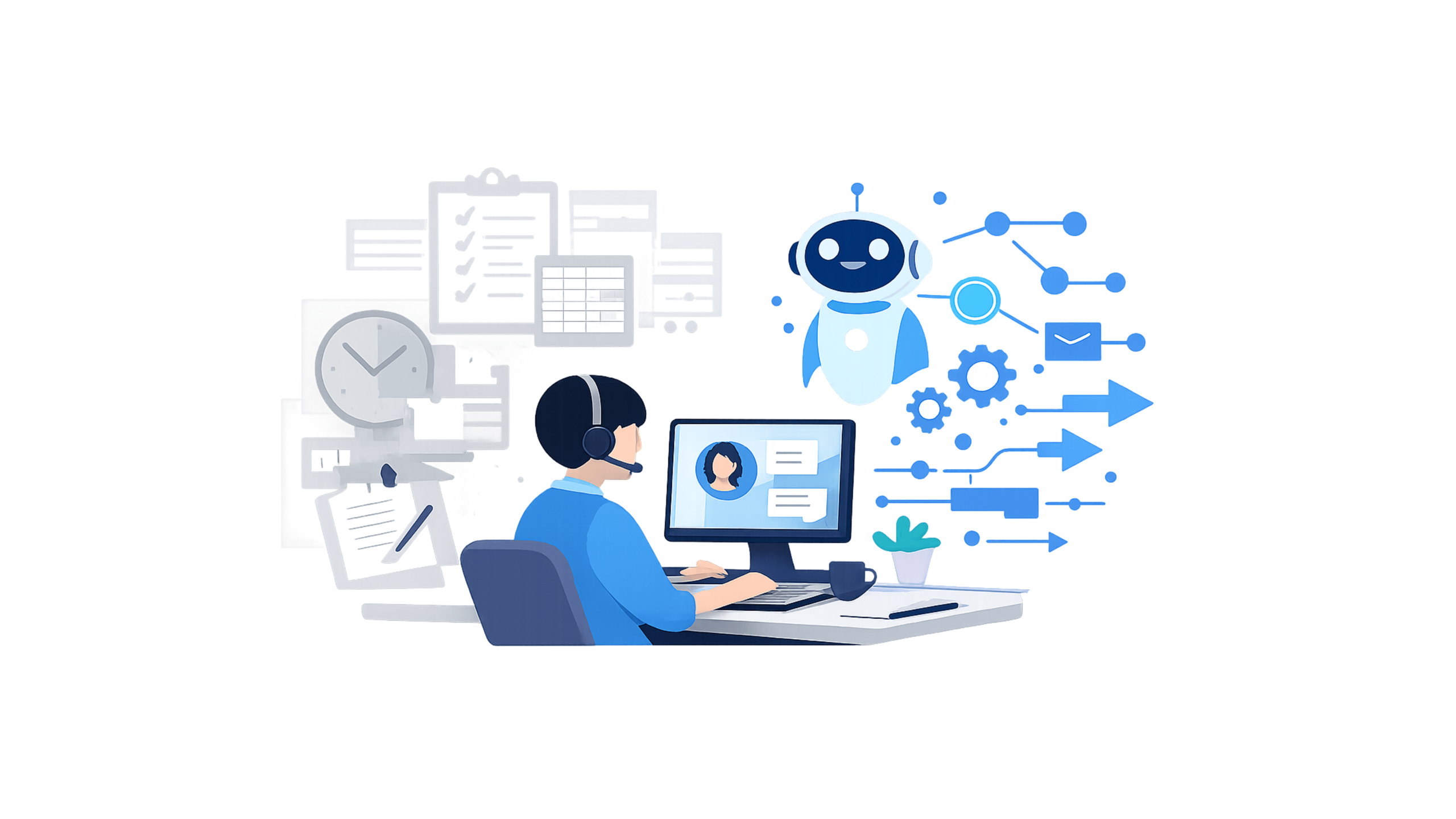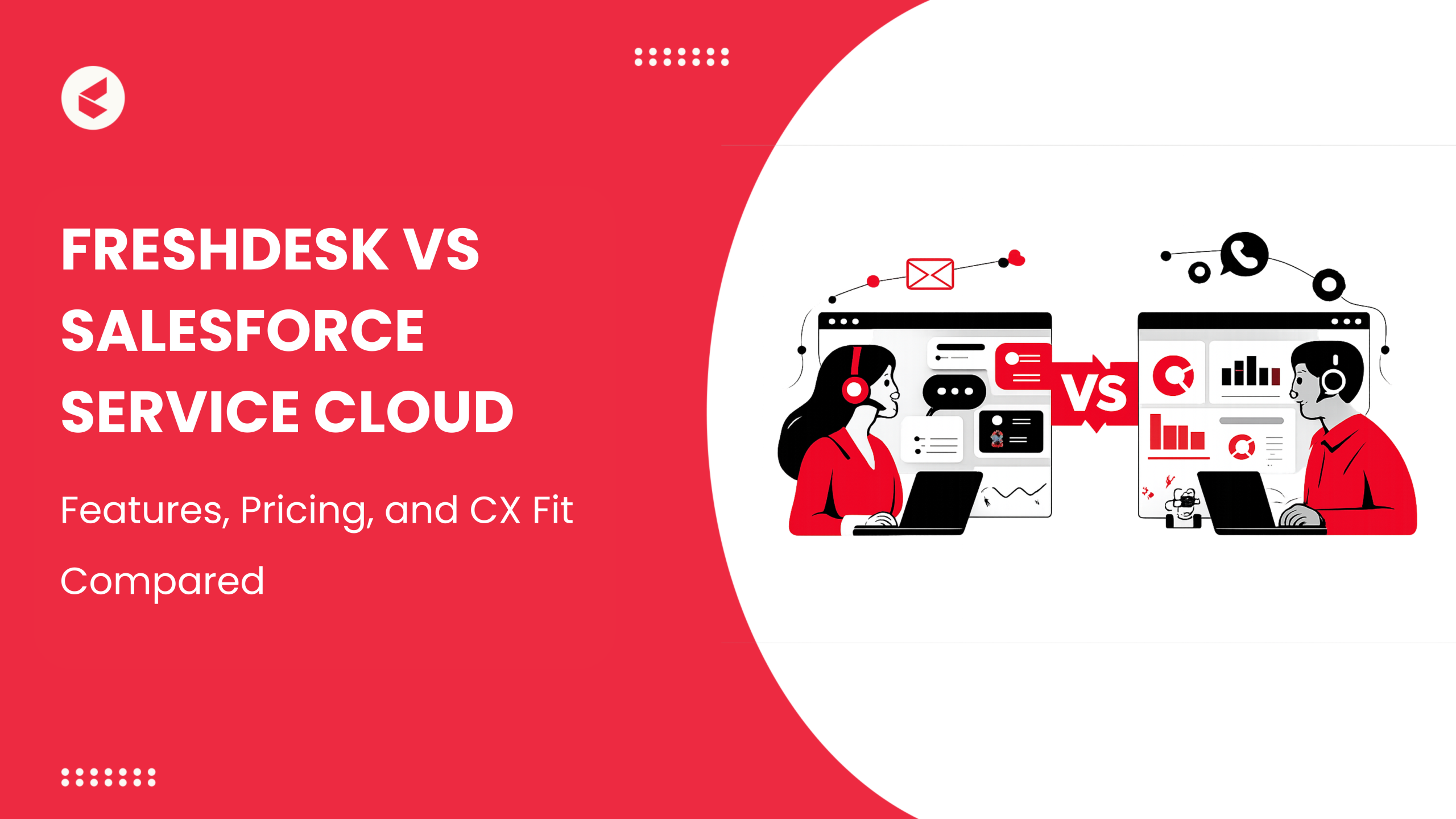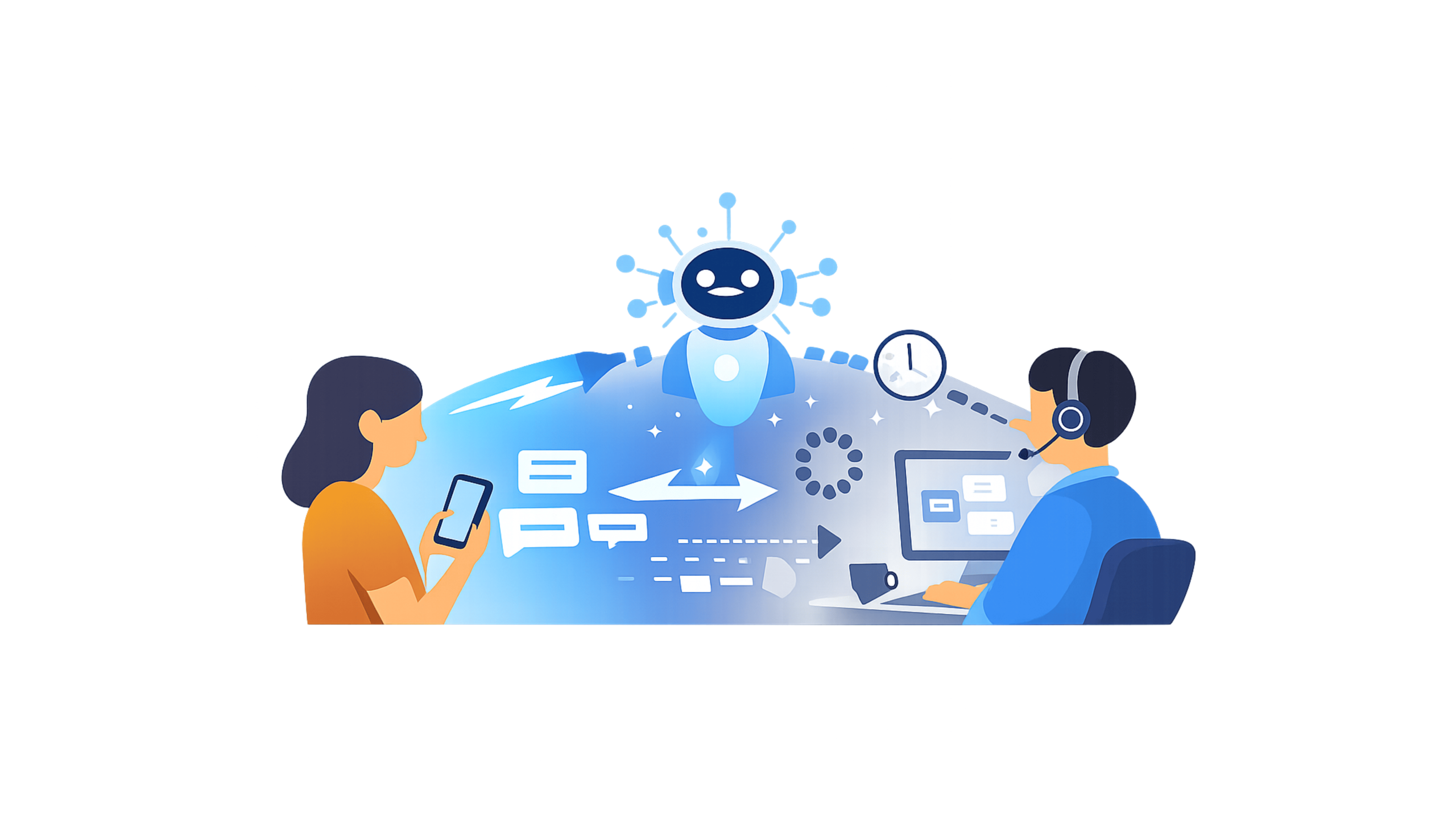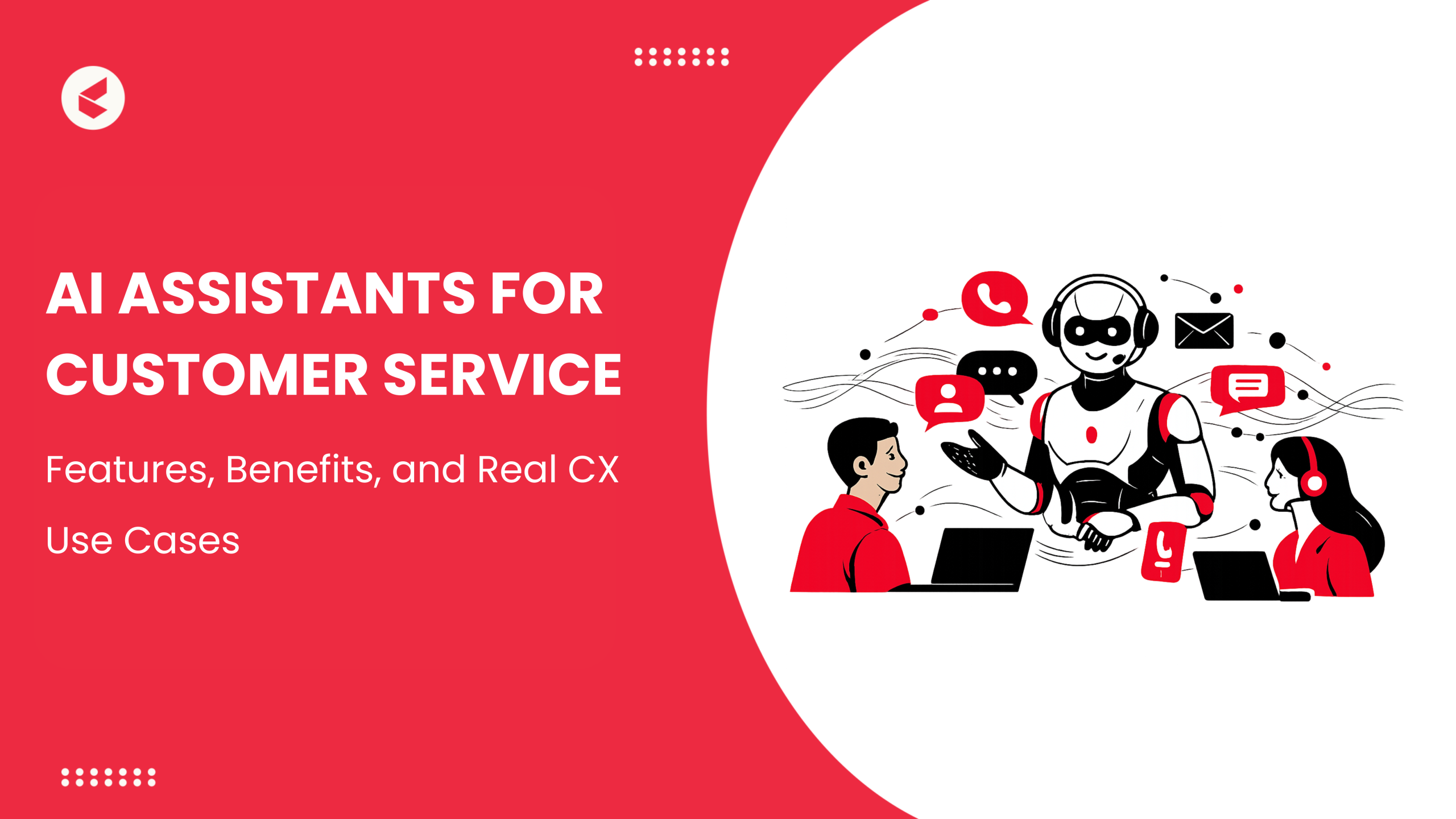Imagine two companies; Alpha and Beta. They operate in the same industry, and provide similar products, even at the fairly same price point. However, there’s one difference – Alpha has a reputation for providing exceptional customer service, always going above and beyond to ensure their customers are satisfied. On the other hand, Company Beta does not prioritize the same.
Given the choice between the two, which company would consumers prefer buying from? Who would you prefer?
The answer is obvious.
Providing an exceptional experience for your customers does more than just make them happy. It makes them more likely to become loyal customers who will spread the word about your business. And, we know what that means – more revenue!
Hence, creating a great customer experience or improving your existing process is indispensable to keep us with your competition.
So, let’s get right into it. What exactly is Customer Experience (CX) and why is it important?
Customer Experience is how your customers perceive your brand during every step of their buyer journey. It shapes their opinion about your brand. However, it impacts your business and your bottom line, including revenue.
So, what if your customers do not like the way you interact with them? Doesn’t the product speak for itself? No, especially when everyone’s upped their game. A brand that sells the same product at the same price point as you is simply a Google search away – it’s that easy to lose customers. Research says half of customers would ditch a brand after just one bad experience, and if it happens more than once, it snowballs to 80%.
How your customers feel about you is a pretty big deal, essentially influencing how you can attract and retain them in today’s ultra-competitive landscape. So, it’s important to understand exactly what your customers expect from you to provide them with an experience that will keep them coming back.
What’s holding the delivery of exceptional cx back and how do you overcome that?
Businesses face quite a few challenges when it comes to ensuring quality CX. But here are the most prevalent obstacles they may encounter, and we have a solution for you.
1. Understanding customer preferences and behaviors
Customer understanding is crucial for great CX. It helps you figure out what products work for your key customer groups or the kind of UI/UX they prefer. It helps you understand where you went wrong in the case of a negative experience and offers you the opportunity to personalize their future experiences. However, unreliable data, changing customer expectations, and tracking the right metrics are hurdles in this case.
For instance, if your customer data is outdated, inaccurate, or incomplete, making smart choices about what customers like is quite close to impossible.
SUGGESTED SOLUTION
Gather feedback via persona/industry-based surveys, polls, and one-on-one customer interviews. It helps you understand the ground reality about customer sentiments, usability, and their expectations for your products or services.
2. Prioritizing and addressing customer issues
Your customers may encounter several problems, such as extended waiting times, subpar user experience on the website/app, billing and payment issues, or struggles in reaching customer support. Your first steps to resolving such issues should be to identify the problem, score them in terms of severity and priority, and then address them.
SUGGESTED SOLUTION
Introduce a scoring model capable of assisting in feedback evaluation, assessing risks, and assisting in customer prioritization and retention strategies.
3. Leveraging and integrating technology
With the current wave of AI and ML in the CX space, you can automate a big chunk of the work while boosting customer satisfaction. However, it can be a real hassle to pick the right tools out of the lot, teach your team how to use them effectively, and integrate them with your current tech stack.
SUGGESTED SOLUTION
Narrow down on your current challenge, and then find the tech that fixes it – specifically for your vertical. For instance, if you want an omnichannel AI-powered customer support automation platform that can help you solve queries and concerns easily, then you could opt for a platform like Kapture CX.
But if you need to know more about how customers use your products or to understand their experiences, think about a survey tool like Kapture Insights.
4. Measuring metrics that truly matter
Focusing on CX KPIs is paramount because they provide a quantifiable understanding of customer sentiment, loyalty, and overall satisfaction – helping you pinpoint areas that need improvement and prioritize efforts accordingly.
For example:
- A high NPS indicates a strong customer base willing to promote your brand, fostering organic growth and positive word-of-mouth.
- A favorable CSAT reflects immediate satisfaction, meaning repeat business and customer loyalty.
- Meanwhile, a low CES highlights friction points in the customer journey. This would require streamlined processes and enhancements of the overall experience.
Ultimately, these KPIs can help you to fine-tune your product and strategies, strengthen customer relationships, and keep up with ever-evolving customer expectations, resulting in long-term success.
SUGGESTED SOLUTION
Employ an omnichannel platform that empowers you to craft persona/vertical-based surveys for assessing CSAT, NPS, CES, and other essential CX KPIs.
Tackling CX Challenges with Kapture Insights
Create omnichannel persona/vertical-based surveys, analyze feedback for accurate insights, and optimize customer journeys with Kapture Insights.
Use professionally designed survey templates and GenAI to craft intent-based surveys with a few clicks. Categorize responses automatically to gain actionable insights and effectively gauge customer experience with a robust scoring model.













